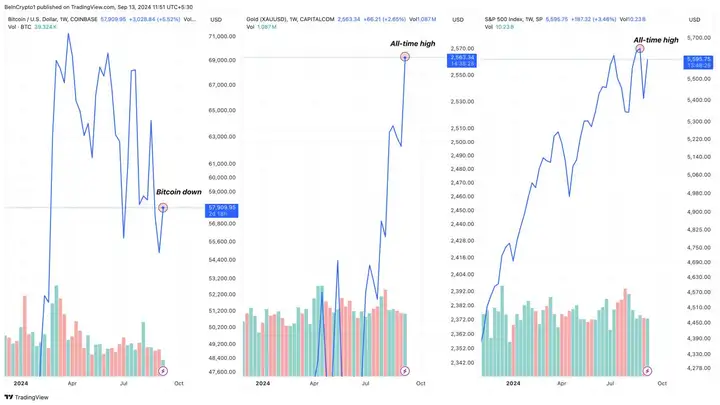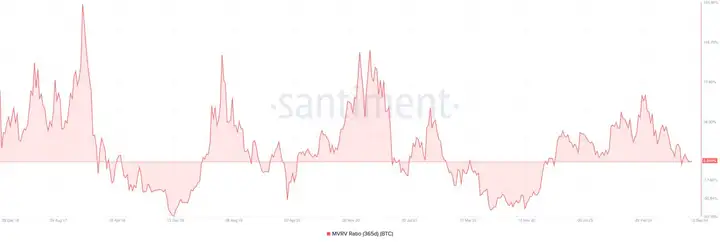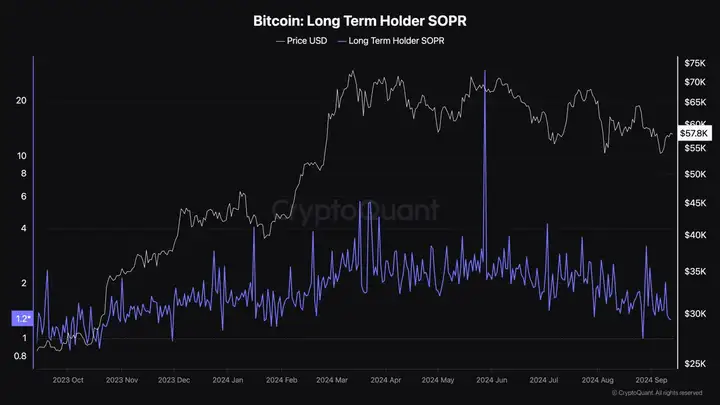Traditional assets such as gold and the S&P 500 have hit all-time highs. In contrast, Bitcoin (BTC) has decoupled, continuing its nearly six-month-long slump.
As a result, investors are beginning to question whether cryptocurrencies are still useful as a hedge against inflation compared to traditional assets, and whether their status as a safe-haven asset is still intact.
VX:TTZS6308
Bitcoin lags behind gold and other currencies
The price of Bitcoin is $58,050, down 21% from its all-time high in March. On the other hand, gold recently hit a new all-time high, valued at $2,564. The famous S&P 500 also hit a new all-time high, breaking through $5,650, while silver is also about to hit a new all-time high.
The surge was attributed to the U.S. CPI report released earlier this week. Meanwhile, the gap between BTC and these traditional assets is similar to what the cryptocurrency experienced in May 2021.
During this period, the price of Bitcoin has fallen by 36%. The current situation is also similar to the performance in November 2021, when Bitcoin reached the peak of the previous bull run.
In response to this, investors appear to be leaning towards lower-risk assets.
There is an inverse correlation between Bitcoin and gold, where gold prices rise while Bitcoin prices fall, which generally indicates a risk-averse environment where investors prefer traditional safe-haven assets such as gold over speculative assets such as Bitcoin.

Unless new capital enters the market, BTC price is in danger
365-day Market Value to Realized Value (MVRV) ratio. This ratio shows how far or close the Bitcoin price is to the real price (i.e., the average price at which each holder of the cryptocurrency would purchase it).
A high MVRV ratio value indicates overvaluation. Conversely, a low MVRV ratio value indicates undervaluation.
Bitcoin’s 365-day MVRV ratio is less than 1%, which suggests that the cryptocurrency could be subject to bearish forces. As shown in the chart below, once BTC falls into negative territory, it will be difficult to resume upward movement.
Therefore, if the ratio eventually breaks below the green zone, the price of Bitcoin could drop below $50,000.
Therefore, the liquidity released by the current interest rate cut is particularly important for the crypto.

Additionally, the Spend Output Profit Rate (SOPR) for long-term holders (LTH) has been declining since July. An increase in LTH-SOPR indicates that holders are selling at higher profits, making it easier for BTC to attract new demand.
The continued decline, in turn, suggests that long-term holders are selling at low profits. This could make it difficult for Bitcoin to generate the higher demand needed to drive prices higher.

However, if profits from traditional assets flow into BTC and other cryptocurrencies, Bitcoin could start climbing toward its all-time high.
Currently, Bitcoin is experiencing a wave of growing positive sentiment that ties in with recent milestones achieved by gold and other assets. According to BTC, it may take a fair degree of skepticism to make a strong push to new all-time highs.
When people start to express doubt again and become thoroughly disappointed with the market, BTC will truly begin to test its all-time high market value in March.







